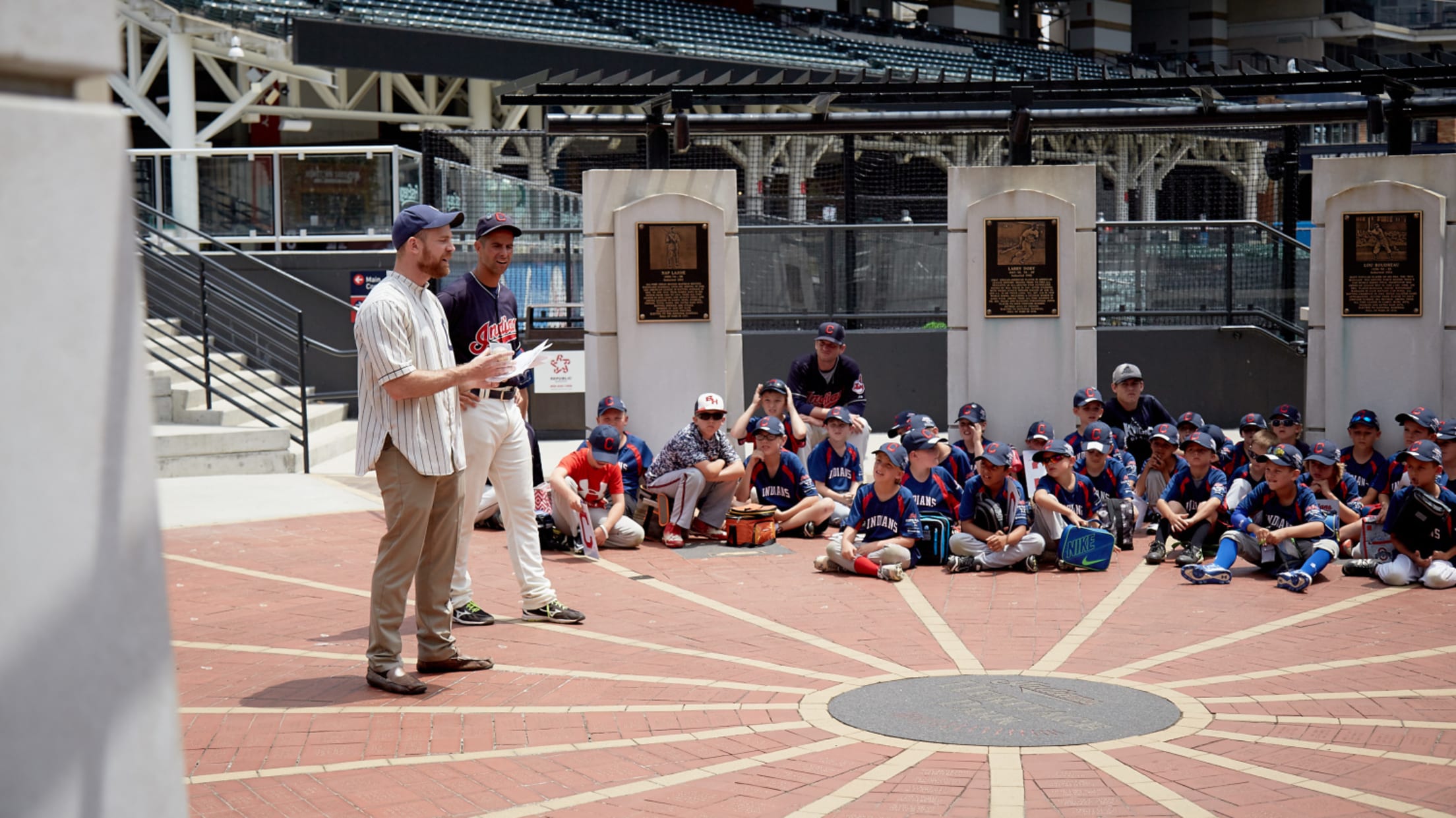History of Progressive Field's Heritage Park
CLEVELAND — Heritage Park has served as a museum for the Indians, celebrating over 100 years of the club’s history. For some fans, it’s a meeting place to find a friend before first pitch, and for others it’s a place they are sure to stroll by every time they visit
CLEVELAND — Heritage Park has served as a museum for the Indians, celebrating over 100 years of the club’s history. For some fans, it’s a meeting place to find a friend before first pitch, and for others it’s a place they are sure to stroll by every time they visit the ballpark. But most importantly, it’s something that’s been able to connect generations of Tribe fans.
Heritage Park was created in 2007. It’s an area split into two levels that’s dedicated to the best players to ever don the Indians’ uniform, including those in the Tribe’s Hall of Fame and those in Cooperstown. At the time, there was no other space like this in baseball that could be visited at any time during the game. The Indians knew that the Yankees had Monument Park that was available to fans during pregame, but the Tribe wanted to be the first to offer something like that from the minute the gates opened until they shut.
The club first attempted to use the center-field space for a picnic area. At Cleveland Stadium, the Indians used to host pregame picnics for fans, and they decided to bring that concept to the corner of Carnegie and Ontario by putting tables behind the trees in center field. However, that spot became a prime landing zone for batting practice home run balls, and the Indians realized this idea wasn’t the safest. So they needed to determine a better usage for that space. That’s when Indians vice president of public affairs Bob DiBiasio fought for something that would display the team’s history.
“That was my baby,” DiBiasio said. “I pushed and pushed for that to be the perfect place to celebrate our rich history and do a two-tiered area where in the upper tier [there are] plaques of guys that are both in our Hall of Fame and enshrined in Cooperstown. And the lower level are guys who are in the Indians Hall of Fame, with inlaid in the ground history moments, and the brick wall with all the Top 100 players that we created in 2001.”

It took approximately one year for the Indians to get all these plans to come to fruition. The team needed to come up with the blueprints, design elements and copy for all the plaques it was planning to include in the park. Then on Opening Day 2007, Heritage Park was ready to be unveiled to the public.
“It was very popular,” DiBiasio said. “You have to remember, we sold every day for five years, so people were at that building a lot. So when you add a new wrinkle, it not only became a meeting place inside, but some people who were truly into the sport would sit there for a couple innings and take it all in. Other people would take a half-inning and take a walk through it. It serves its purpose, which is whatever you want it so serve. It’s there for you to engage at whatever level.”
Heritage Park can serve whatever purpose a fan would like it to serve, but the Indians wanted to assure that there was a space in their ballpark that could bring fans of all ages together. And after Heritage Park was officially introduced in Progressive Field, the team couldn’t be more proud to have found a way to successfully do that.
“Connecting generations,” DiBiasio said. “The ties that bind, right? … Everybody has their own. The thing that I think it cool is when people who don’t know each other and they walk through it and there’s an older guy who wants to show everybody how much he knows. So, he’ll turn to somebody and point to Earl Averill or Bob Lemon and say, ‘I saw Bob Lemon pitch,’ and they’d get into these discussions.
“That’s what makes it so meaningful.”
Mandy Bell covers the Indians for MLB.com. Follow her on Twitter at @MandyBell02.
